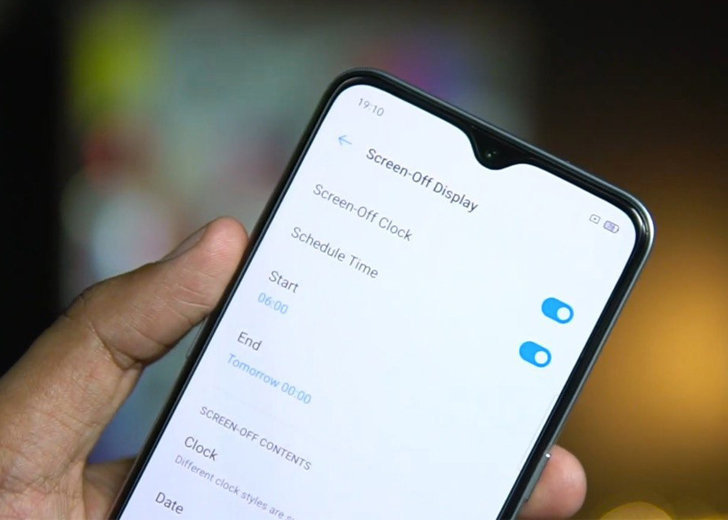Understanding Displays: How To Make The Most Of Manufacturer's Manual?

We generally know what an electronic display is: an electronic screen that computers use to show us information. But when we flip to the tech-specs or the device manual, we are lost in all the technical jargon about screen types, resolution, aspect ratio, so on and so forth. While they sound intimidating at first, a close look reveals that they are quite easy to understand. So let's break the technical terms down to know just what they mean.
1. Pixels
Let’s start with how displays work.
Display screens have thousands of dots that light up with different colors to form an image. These dots are called pixels. Pixels are the building blocks for any digital image. The more the pixels in a display. the clearer the screen becomes.
Check the screens of any old devices laying around the house, chances are that you will be able to identify individual pixels on the screen. Or, if you zoom in enough, you can see how normal photos are also made of pixels.
![]()
Pixels forming an image (Photo Source: HollywoodMask)
2. Resolution:
The number of pixels on a screen is the Resolution of that particular screen. Simple.
Resolution is shown as the product of vertical and horizontal pixels. Meaning: a display with 1920 X 1080 resolution, has 1920 pixels laid out horizontally and 1080 pixels laid out vertically. Sometimes, the device manuals will do the math for you and tell you that the resolution of a certain photo is 13 megapixels. That just means that there are 13 million pixels in that particular image.
This difference in pixels results in screens to vary in length and a width. The ratio of this length and breadth of the screen is called the Aspect Ratio of the display. So, when we say that the new iPad Pro has a 3:2 aspect ratio, this means that for every 3 pixels on its longer side, there are 2 pixels on it's shorter side.
3. Refresh Rate
The single image that the pixels create is called a frame. The human eye can see 8 distinct images in a second. If the image change rate is more than 8 frames per second, then the transition becomes seamless. Simple math: change the frames more than 8 times a second and it becomes a video.
Now to the Refresh Rate. The refresh rate is just the number of frames the display can show you in a second. You might have heard screens that have 60Hz or 120Hz displays. That is the refresh rate of the device. Higher refresh rates make the display more immersive and responsive to your commands. Generally, gamers prefer higher refresh rates in their setup to make their gaming experience more immersive.
By now, you have a general idea of how a display screen works. Let’s move on to the qualities and grounds on which you can judge different screens.
4. LCD / LED / OLED
Let’s start with the LCD. LCD stands for Liquid Crystal Display. The liquid crystals let different amounts of light pass through depending on the amount of electricity supplied and the amount of backlight source present. The image in an LCD display is formed when the backlight is blocked in different amounts in individual cells of the LCD panel.
LED tentatively works on the same principle as the LCD but the backlight in LEDs is made up of small 'light-emitting diodes', which also happens to be what LED stands for. The advantage that the LED has over LCD is that different backlight source can be given at different points. This leads to truer blacks in the LED that makes traditional black in the LCD look comparatively gray. On top of this, LEDs also have better viewing angles.
LEDs have been further developed into OLEDs and AMOLEDs. In Organic Light-Emitting Diode screens or OLED screens, diodes are covered by layers of organic films that create light. So when displaying black, individual diodes turn off to create pitch black leading to better viewing experience. Active Matrix OLED display, or AMOLED for short, is quite tricky to explain and understand, so let's just say that it’s a faster form of OLED displays.
Now that you have the technical jargons dumbed down, which display makes for a better experience?
For the layman, an FHD or 1920×1080 panel with a 60 Hz refresh rate is fine for small to medium screen TV. You can choose between LCDs and LEDs depending on your budget. LCDs are generally cheaper while LEDs give you better viewing angles, and they also do well in sunlight. If you are looking for a large TV, I'd suggest a 4K panel, i.e. a panel with 4000 horizontal pixels. 4k displays have four times the number of pixels as HD screens. This will give you sharper details on even small images.
So, the next time you are at the store for a new device, you know exactly what you should look for!